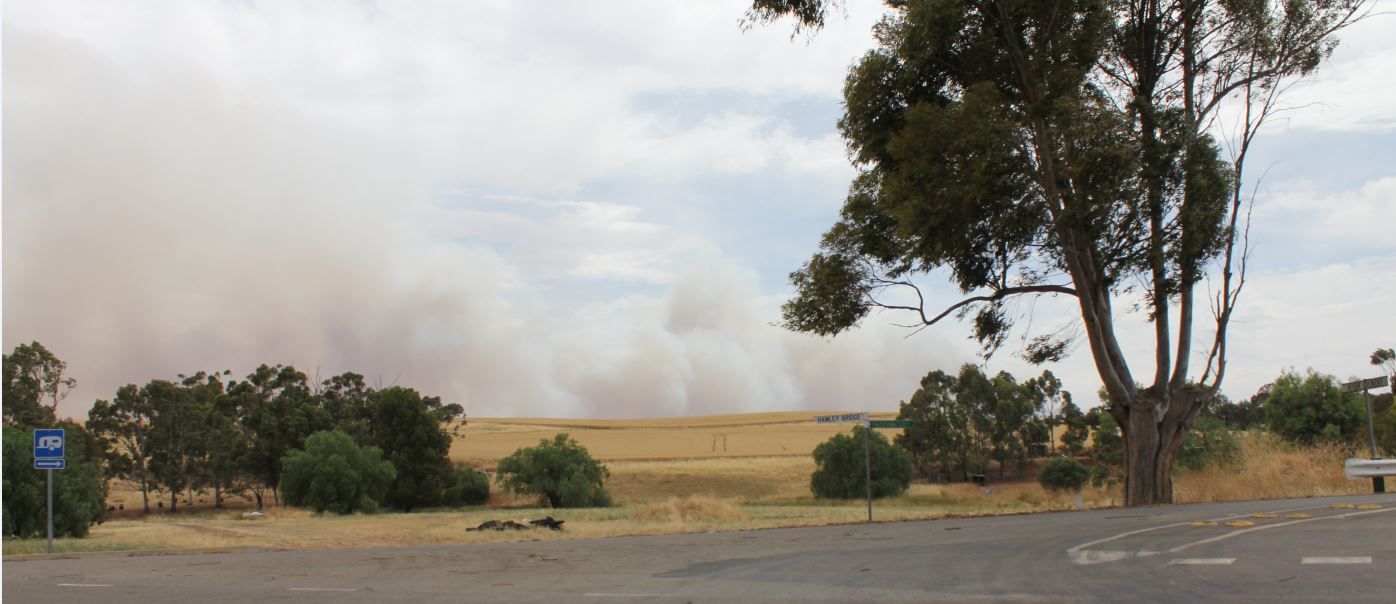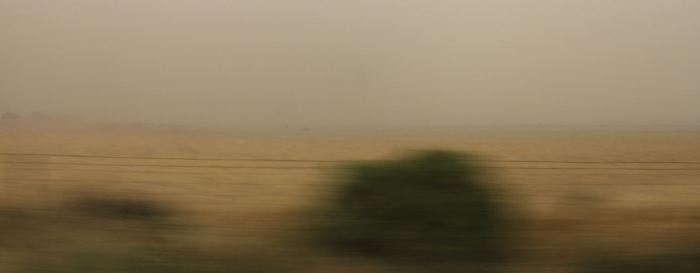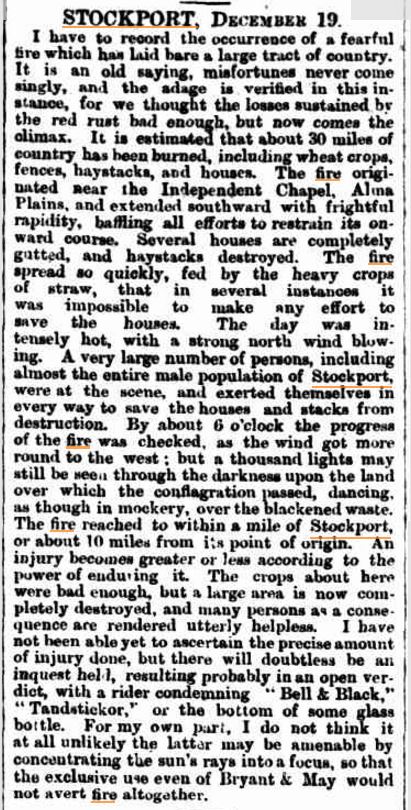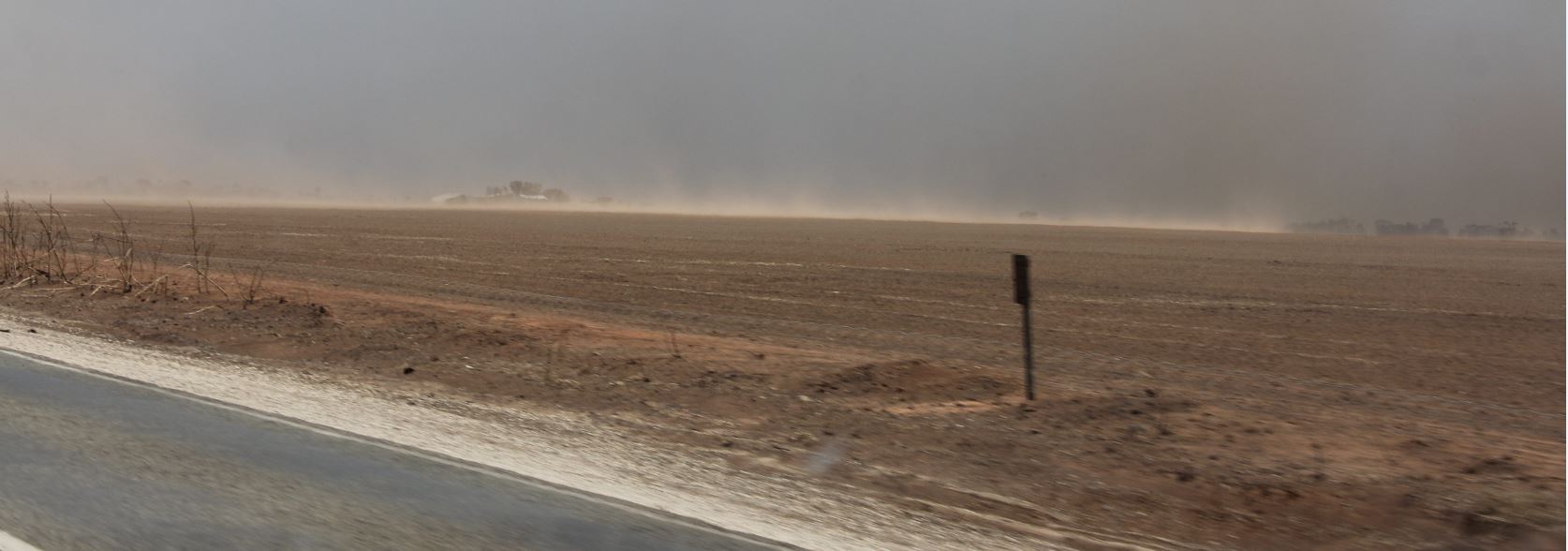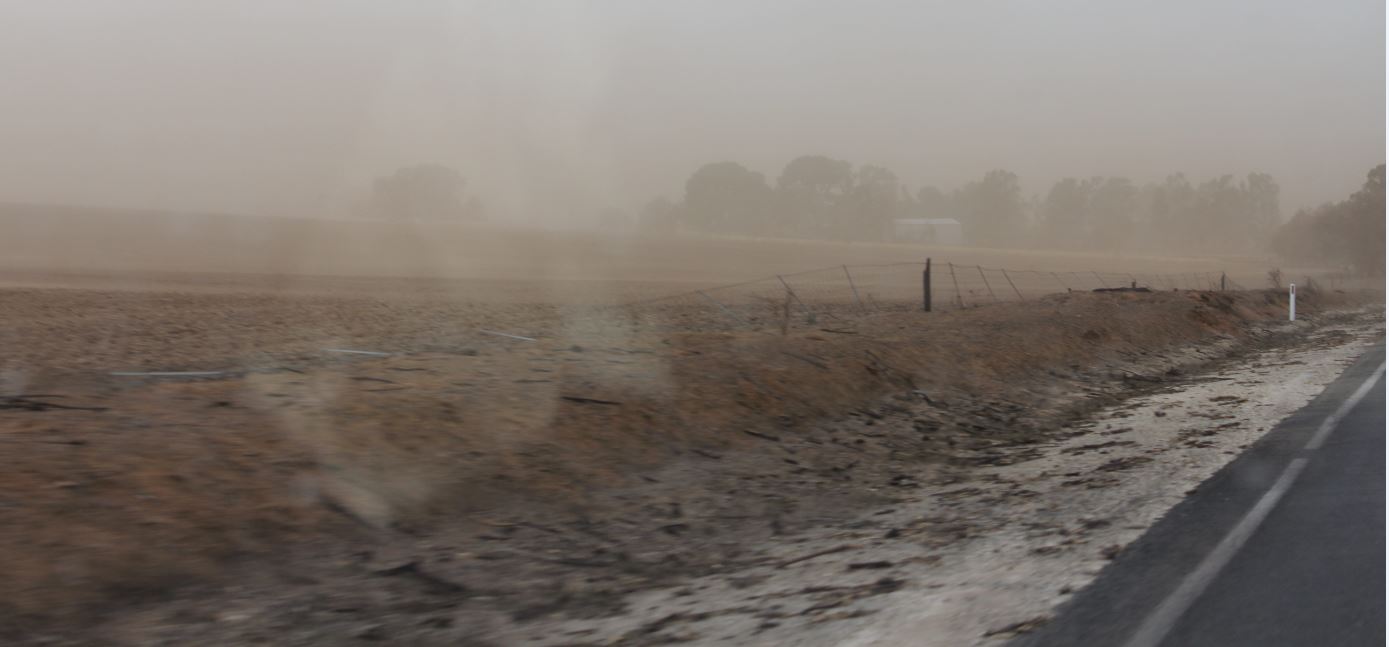This is my recap-the-year blog, perhaps more interesting to myself than to others. But you never know! It was a very busy year.

St Peter’s Anglican Church, Hamilton Tasmania taken Sep 2015
Modern family events.
Two family members were lost to us in 2015.
One was my mother-in-law’s uncle who passed away at the age of 99. He was determined to reach that magic 100, but missed by fifteen weeks. I had never met him, unfortunately.
The second was a DNA match from England who was aged 97, another man I had never met but he was one of the few DNA matches with whom I had identified a common ancestor. His daughter emailed to inform me of his passing. I feel privileged to have communicated with him in his exotic homeland of Somerset and of course his match data is still there in my list, as if he were still with us.
In happier news, one of my cousins was married and another cousin has become a mother for the first time. Wonderful stuff!
My family tree research.
A step forward, a step backward and a whole lot of sidesteps. Progress? Yes, since I am not at the same point for any direct ancestor. Some of my research was wrong but at least I know that now. Much was correct. The old mysteries have been replaced by new mysteries. I think this is all we can ever say with regard to family history research.
The size of my family tree a year ago:

Oh, those old days when I was such a newbie thinking I had a big tree! This is the current figure:
![]()
Not only is this new statistic of 40,419 people almost double the previous number, but I now realise that I have barely scraped the surface.
My original family tree objectives were
1) Identify every emigrating ancestor and their reason for emigrating.
2) Track the families of those emigrating ancestors back through the unsettled 1800s to their true towns of origin, since most families stayed put through the 1700s.
3) Track those families back to the start of parish registers wherever possible
This seems neverending but all the easy ones have been completed. When I find a new ancestor the latest plan is to add all the detail I can find, as far back as it takes me. Even if it takes me back to Rollo the Viking. Yes, I now have him in my tree, along with William the Conqueror and various Plantagenets. But interestingly, not Charlemagne so far.
The new objective is to add all the descendants I can find from the tenth generation and closer. This is what is swelling my tree. So many of my DNA matches have small trees with limited information. Initially I thought they would all fill out their trees as I have and we would only need to look for the identical ancestor.

Cemetery at St John the Baptist, Ouse Tasmania. Most if not all of these individuals will likely have a place in my family tree.
Very few people do this, no doubt for good reasons. I have much more success if I meet them halfway to themselves. If I take my line back to England for instance to a couple in 1700, then add in all their descendants, eventually I will find some who emigrated to Canada, Australia, Trinidad or the United States. Following their children for a few generations has netted me some confirmed cousins. Thus the tree grows and grows.
That said, I’m not into data entry for its own sake. The fun in finding a new relative is in properly ‘meeting’ them, learning what their childhood was like, how they met their future spouse, what their experience of parenting was, whether their old age was secure or a struggle. These are the details which turn a statistic into a living person. The only point in bulk-entering families from census and BDM records is to quickly reach those living DNA matches. I have a lot of tasks building up on my ‘to-do’ list by racing over these lives.
This is another of my objectives for 2016 – become better acquainted with the other descendants of my ancestors.
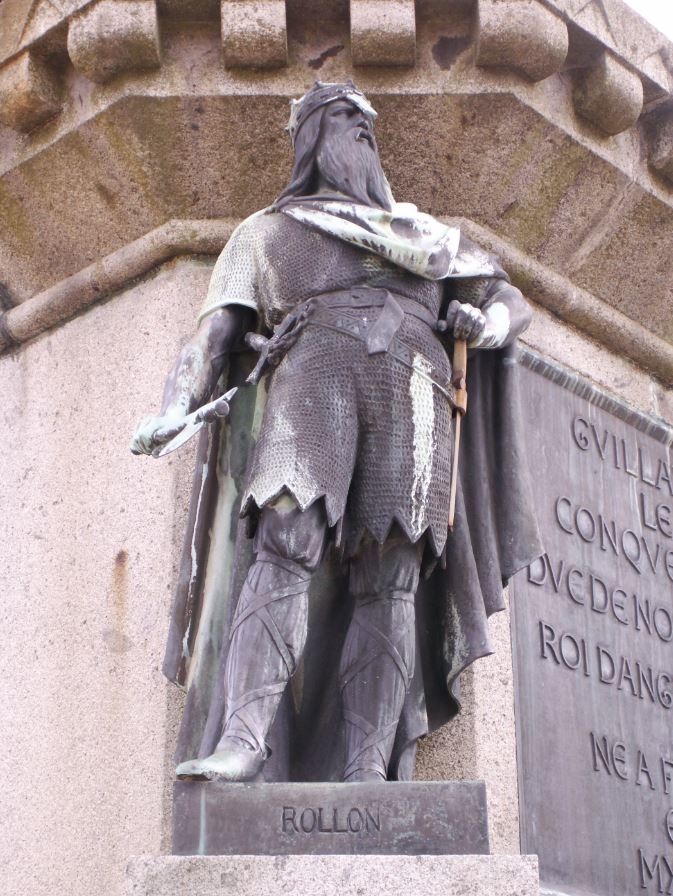
Hrolf the Viking, apparently my 31st great grandfather.
By Imars: Michael Shea. CC BY-SA 2.5 creativecommons dot org/licenses/by-sa/2.5 via Wikimedia Commons
Genealogical DNA Testing
I have eleven kits to play with now, each showing about 800 matches. There is some overlap. Progress here is slow and very unsteady but I’m learning a lot about colonies and colonists, even if I’m not finding cousins.
For instance, in Australia in the 1850s there was a big melting pot where everyone’s DNA was thrown in together and mixed round till it was scarcely identifiable. You can’t go by who was married to whom, and if any woman was widowed there, her children will emerge with DNA belonging to no one she was known to associate with.
This melting pot was called Ballarat and it is the biggest thorn in the heel of my DNA research. If I trace an ancestor and find they spent any time in Ballarat at all, I may as well give up the whole game.
I won’t, of course. I will one day overcome the Ballarat stumbling block which has now appeared in three completely unrelated kits.
Another melting pot was Norfolk Island in its first incarnation as a penal colony. A third was Cork, Ireland in the decades following Cromwell’s invasion.
Another visit to my home state
Those who have followed my blog for a while will know about our mystery relative. This year I was thrilled to meet our relative and his wife in person. No longer just a voice on the phone or an email correspondent, but more a part of the family than ever before. Several of our family members met and it was a very great pleasure to see them all collected in the one room. This is one of the unexpected rewards of family research.
He is still a mystery, but we might have the answer. A new tested kit, a few new matches and it all looks very promising. I will be very pleased if DNA comes through for us in this matter.
Family History Photographs

Old house near Osterley in central Tasmania
The final point of interest was during my visit to Tasmania when I finally revisited those areas which I often blog about – Hamilton, Ouse, Osterley and New Norfolk. I now have the photographs I so badly wanted and they will appear in future blog posts with their respective ancestor or local history stories.
Next objective for this year – photograph some family history locations closer to home. There may be some posts coming up about South Australia and the ancestral towns here.
So that was 2015. A heavy study schedule, a flood, a few heatwaves, a bushfire, a lot of data entry and a great deal of new DNA data to make sense of.
It will be interesting to see what revelations come to light in 2016.




